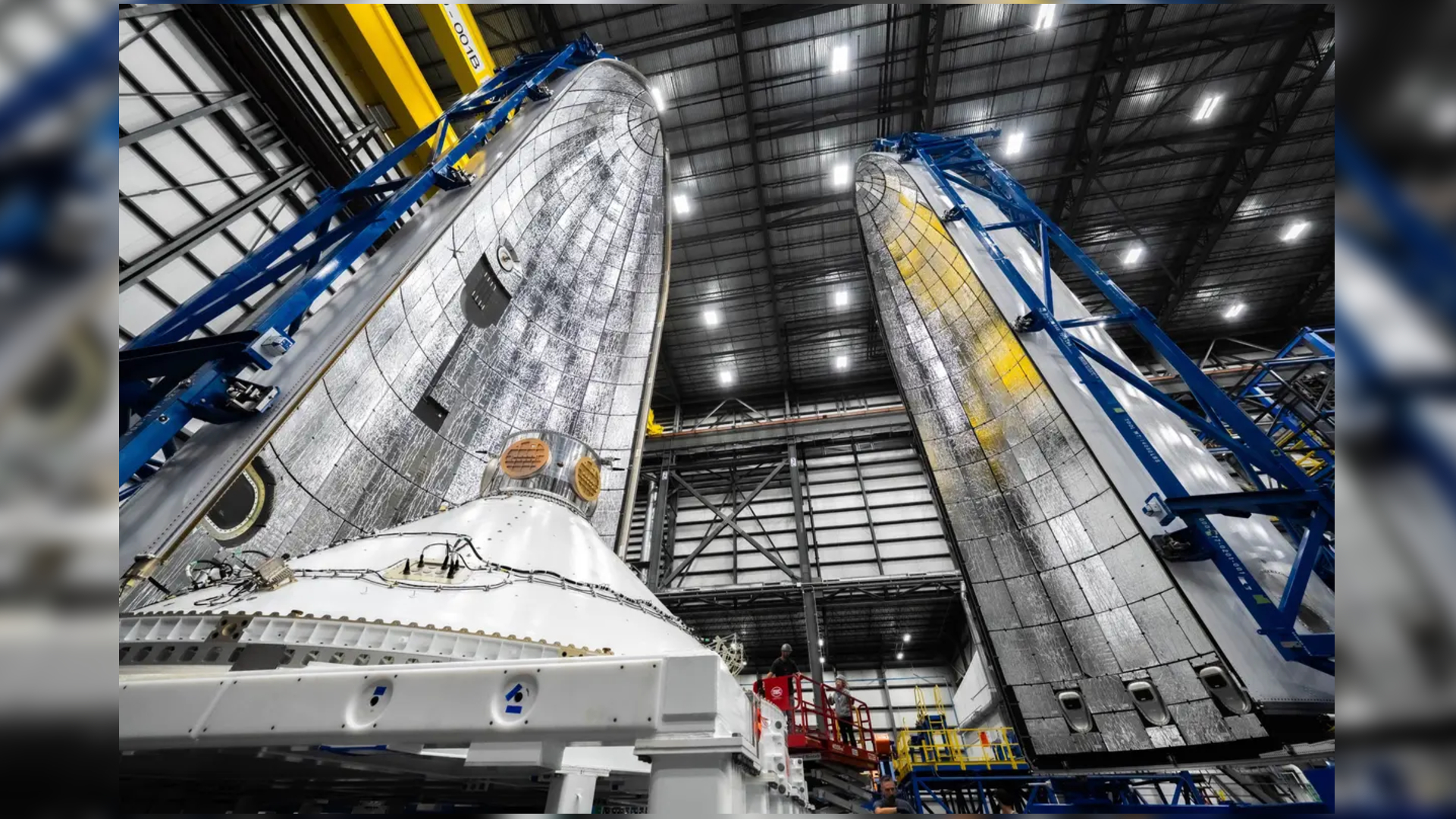Watch Blue Origin launch its 1st New Glenn rocket early Jan. 16 in a free livestream
UPDATE: Blue Origin scrubbed its planned Jan. 13 launch of New Glenn. The company is now targeting Jan. 16, during a three-hour window that opens at 1 a.m. EST (0600 GMT).
Blue Origin plans to launch the debut mission of its powerful New Glenn rocket no earlier than early Monday (Jan. 13) after a delay, and you can watch the action live.
New Glenn is scheduled to lift off from Florida's Cape Canaveral Space Force Station in Monday's wee hours during a three-hour window that opens at 1 a.m. EST (0600 GMT), weather permitting.
You can watch the launch live via Blue Origin beginning at 12 a.m. EST (0500 GMT) if Blue Origin sticks to the opening of its launch window. Space.com will carry the feed as well if possible.
The launch was initially scheduled for Jan. 10 and then Jan. 12, but Blue Origin postponed it due to rough offshore weather that could affect a rocket landing on the company's recovery ship in the Atlantic. Similar weather concerns exist for Monday's attempt and Space Force officials forecast the chance of good liftoff conditions are 50% at launch time.
The 320-foot-tall (98 meters) New Glenn, which Blue Origin has been developing for about a decade, features a reusable first stage, like SpaceX's Falcon 9 and Falcon Heavy rockets.
Blue Origin will attempt to recover the first stage on Sunday morning, landing the booster in the Atlantic Ocean on its Landing Platform Vessel 1. That barge is nicknamed Jacklyn, after the mother of Blue Origin founder Jeff Bezos.
Breaking space news, the latest updates on rocket launches, skywatching events and more!
New Glenn won't deploy any satellites on Monday's mission, which Blue Origin calls NG-1. But the rocket is carrying a payload: a test version of the company's new "Blue Ring" spacecraft platform.
"The pathfinder will validate Blue Ring’s communications capabilities from orbit to ground," Blue Origin wrote in a mission description last month.
"The mission will also test its in-space telemetry, tracking and command hardware, and ground-based radiometric tracking that will be used on the future Blue Ring production space vehicle," the company added. "The pathfinder will remain onboard New Glenn’s second stage for the duration of an expected six-hour mission."

It's tough to predict what will happen on Monday; debut flights are often preceded by delays, and it's rare for one to go off entirely without a hitch. But NG-1 will be a great learning opportunity for Blue Origin in any case, company representatives said.
"It’s time to fly," Jarrett Jones, SVP for New Glenn, said in a statement on Monday (Jan. 8), when Blue Origin announced its initial target launch date. "No matter what happens, we’ll learn, refine and apply that knowledge to our next launch."
Editor's note: This story was updated at 4:40 p.m. EST on Saturday (Jan. 11) to include details about the launch delay to Monday, Jan. 13, for Blue Origin's New Glenn rocket.

Michael Wall is a Senior Space Writer with Space.com and joined the team in 2010. He primarily covers exoplanets, spaceflight and military space, but has been known to dabble in the space art beat. His book about the search for alien life, "Out There," was published on Nov. 13, 2018. Before becoming a science writer, Michael worked as a herpetologist and wildlife biologist. He has a Ph.D. in evolutionary biology from the University of Sydney, Australia, a bachelor's degree from the University of Arizona, and a graduate certificate in science writing from the University of California, Santa Cruz. To find out what his latest project is, you can follow Michael on Twitter.

